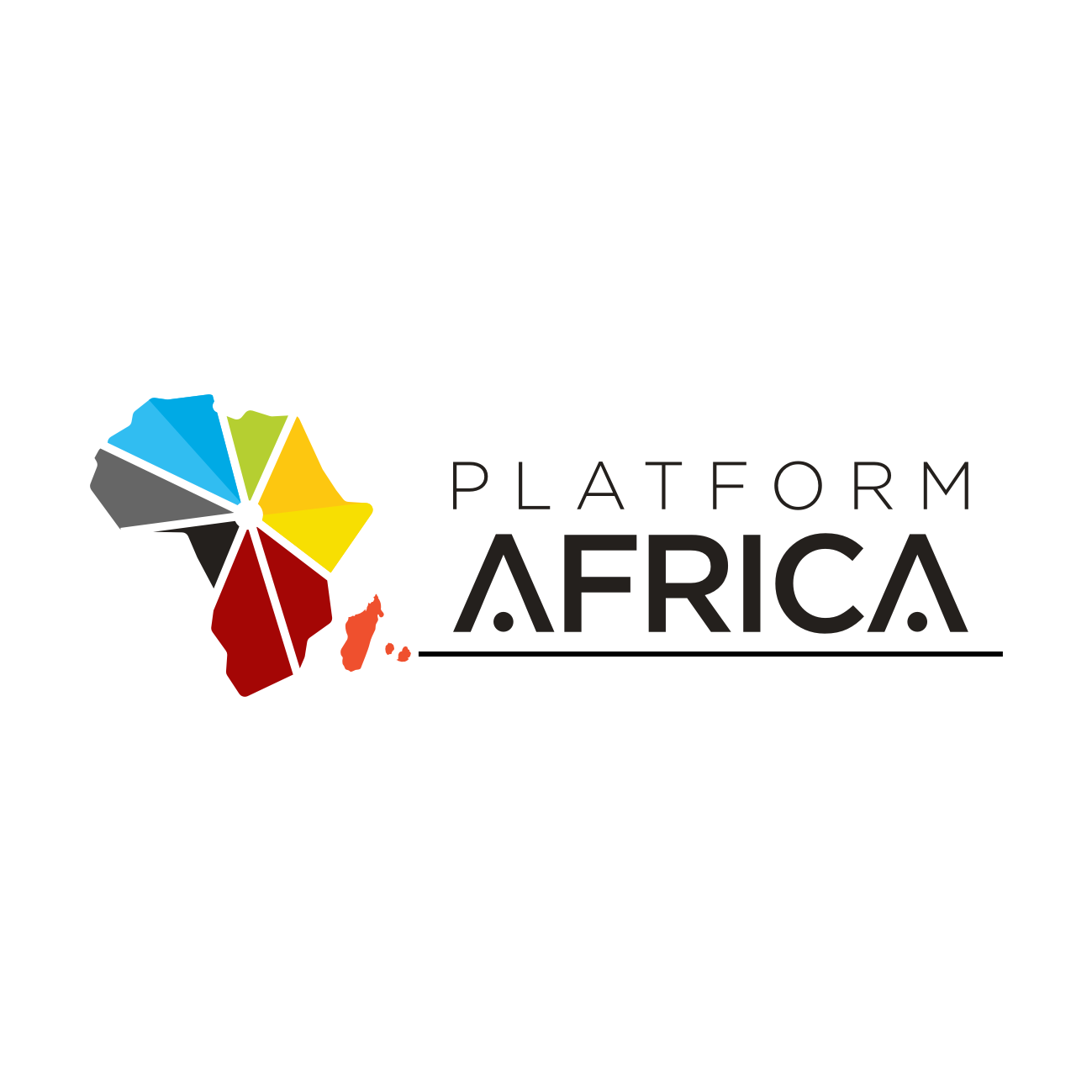By Shruti Menon Seeboo
The landscape of marketing and innovation is in constant flux, and few individuals have navigated its evolution with as much insight and impact as Uma Rudd Tan. With over two decades at the helm of creative strategies for global brands across renowned agencies like Ogilvy, Saatchi & Saatchi, Havas, and JWT, Uma has consistently shaped the future of how we connect with audiences. Her award-winning creative vision, recognised by prestigious accolades such as D&ADs and Cannes Lions, speaks volumes about her ability to craft compelling narratives and drive meaningful results.
Beyond her agency work, Uma is a dynamic and sought-after speaker, having inspired over half a million people across 19 countries with her expertise on AI, branding, and the powerful synergy between technology and human creativity. As a featured speaker for the upcoming Brand Magic 2025 event in Mauritius on May 16th, Uma’s insights promise to be invaluable for attendees. Platform Africa recently had the privilege of speaking with her to gain a preview of her perspectives. Excerpts:
1. Your presentation focuses on the art of AI. Many see AI as a tool. In your view, what elevates its application in creative fields to an art form, and what are the key skills or mindsets that allow creative professionals to wield AI artistically?
To me, AI becomes art when you stop using it just to do things faster and start using it to say things better. It’s not about the tool, it’s about the intention behind it. Creative people who use AI well usually have one thing in common — they’re curious. They play. They test. They don’t expect perfection. They know the machine can generate, but only a human can feel what’s worth keeping. That’s the difference. That’s the art.
2. You’ve worked across many agencies. How has the integration of AI changed the creative workflow—from initial ideation to final execution—and what advice would you give to agencies struggling to adapt to this new paradigm?
Everything’s faster. Ideas come quicker. Testing happens sooner. But the biggest shift is this: we no longer need to wait for someone to visualise something — we can show it, tweak it, and move forward all in one day. My advice? Start small. Don’t aim to overhaul your whole process overnight. Let your team experiment. Have fun. See where it helps. It’s not about becoming an “AI agency” — it’s about staying relevant by staying open.
3. With AI capable of generating vast amounts of content, how do you see the role of human creative directors evolving? Will they become more like curators, editors, or something else entirely?
I think creative directors will still lead the vision, but they’ll spend more time shaping and guiding rather than building everything from scratch. We’ll become better at asking the right questions, spotting what feels off, and deciding what actually connects. It’s less about doing more and more about choosing well. Not curators or editors — more like storytellers with a super-fast assistant.
4. What are some of the most exciting, perhaps unexpected, creative applications of AI you’ve seen recently, and what potential future applications are you most looking forward to exploring?
Honestly, some of the most interesting things I’ve seen are really simple — like brands using AI to bring old memories to life or imagine what a future product could look like in a kid’s drawing style. It’s not the tech that’s exciting, it’s how personal it can get. I’m most excited about using AI to help people tell their own stories — especially in places or communities that aren’t usually heard.
5. Given the summit’s location in Mauritius, a market with its own unique cultural identity, how can AI be used to enhance and celebrate that identity in branding and advertising, while also allowing for global reach and appeal?
Every place has stories the world needs to hear — Mauritius included. I think AI can help bring those stories to life in new ways. Whether it’s turning local slang into catchy copy or turning traditional fabrics and symbols into design patterns, AI can help make the local more visible. But it only works if the heart of the story stays honest. Global reach is great — but what draws people in is what’s real.




